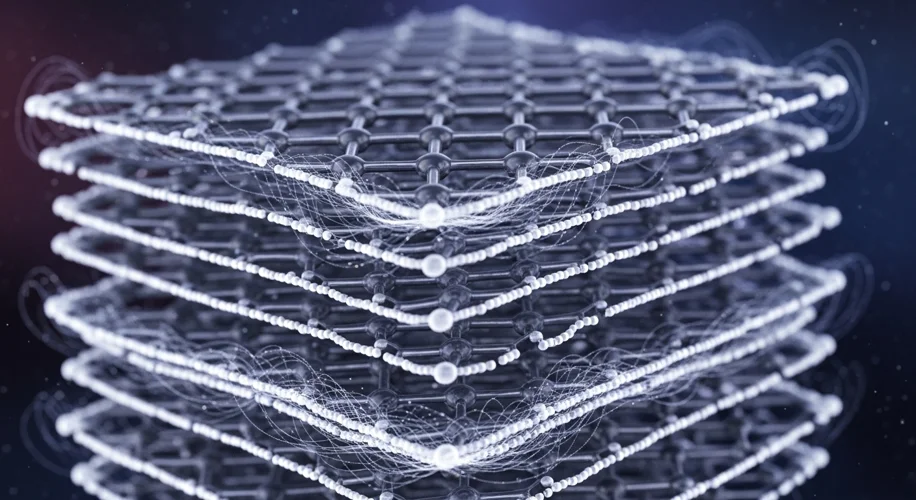It’s not every day that I stumble upon research that feels like a direct link to the fundamental nature of reality. But a recent announcement from Chinese scientists about detecting rare quantum friction in folded graphene has certainly done that.
As someone who has spent decades sifting through the history of technology, I often find parallels between past innovations and current scientific frontiers. While the intricacies of quantum mechanics can seem a world away from the mechanical gears and vacuum tubes I usually study, the core principle remains the same: understanding how things work at their most basic level.
So, what exactly is this ‘quantum friction’? Typically, when we think of friction, we imagine surfaces rubbing together. But at the quantum level, things are stranger. Quantum friction, in this context, refers to a phenomenon where quantum mechanical effects influence the way objects interact, even without direct contact in the classical sense. It’s a subtle dance of energy and particles that influences movement and energy transfer in ways we are only beginning to understand.
The material at the heart of this discovery is graphene. For those unfamiliar, graphene is a single layer of carbon atoms arranged in a hexagonal lattice. Think of it as a two-dimensional sheet, thinner than a human hair, yet incredibly strong and conductive. Its unique properties have made it a subject of intense research for years. In this latest experiment, scientists worked with folded layers of graphene.
The act of folding graphene introduces specific strains and structures that can amplify or reveal these quantum effects. The researchers managed to detect and measure this elusive quantum friction. This isn’t just a curious observation; it’s a significant step in our comprehension of quantum phenomena and how they manifest in engineered materials.
From my perspective, looking back at the history of materials science, discoveries like this are the bedrock upon which future technologies are built. Just as early understandings of electricity or magnetism led to entirely new industries, uncovering and measuring quantum friction could unlock novel applications.
Imagine technologies that harness these quantum interactions for incredibly precise sensing, or perhaps new methods for energy manipulation. While these applications are still in the realm of speculation, the fact that scientists are able to experimentally detect and study quantum friction in a material as accessible as graphene is truly exciting. It reminds me of how early researchers in telecommunications or computing could only dream of the global networks and computational power we have today, all stemming from fundamental discoveries about electrons and waves.
This breakthrough by Chinese scientists adds another fascinating chapter to our ongoing exploration of the universe at its smallest scales, demonstrating that even in materials we think we understand, there are still profound secrets waiting to be uncovered.

